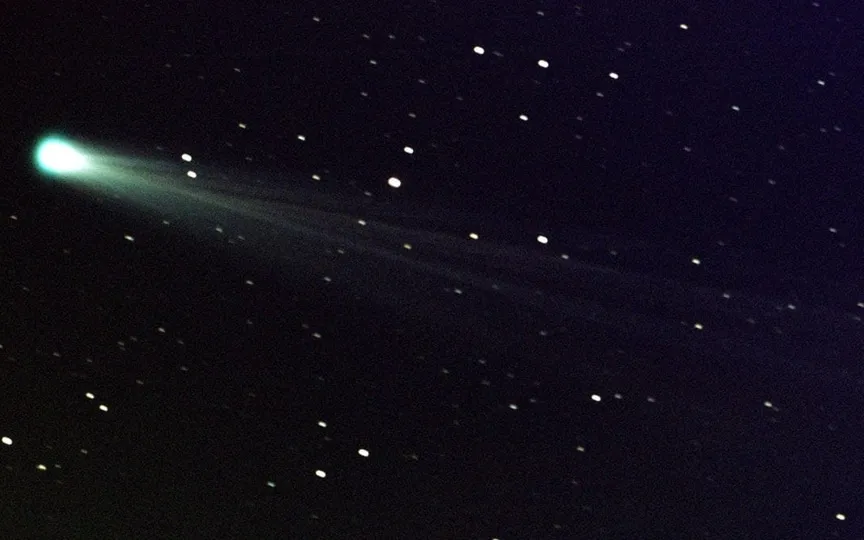Incredible Discovery: Who Captured the First Image of the New Comet?
Have you ever witnessed a comet with your naked eyes or even through a telescope? Very few individuals have had this opportunity. Surprisingly, it has come to light that a recently discovered comet was captured by an amateur astronomer rather than any renowned space agencies. This amateur astronomer managed to photograph the comet using his digital camera. Comets have intrigued astronomers and skywatchers for centuries, and NASA confirms that these mysterious objects are remnants from the early stages of our solar system, dating back an astonishing 4.6 billion years. With their distinctive long, flowing tails, comets have fascinated humanity for generations, occasionally making rare appearances in our night skies. Japanese amateur astronomer Hideo Nishimura has now become the center of attention within the astronomical community and among skywatchers worldwide, thanks to his remarkable discovery.
What are comets?
As NASA explains, comets are celestial bodies composed of dust and ice that follow the orbit of the Sun. Known for their unique long tails, they are remnants of the early days of the solar system, about 4.6 billion years ago.
Comets are typically located in distant regions of the solar system. Some of them lie in the Kuiper Belt, a wide disk that extends beyond Neptune’s orbit, and are classified as short-period comets because they complete an orbit around the Sun in less than 200 years. Others live in the Oort Cloud, a spherical region located about 50 times farther from the Sun than the Kuiper Belt. These are called long-period comets because their orbital periods are significantly longer, with some taking more than 250,000 years to complete one orbit around the Sun.
A comet filmed with a digital camera!
Nishimura observed this celestial body on August 11 using a standard digital camera and a series of 30-second exposures. Although it is currently not visible to the naked eye, NASA has observed a steady increase in brightness since its discovery. Astronomers have also plotted its future trajectory through the inner solar system.
According to a Cosmos magazine report, the comet will be located in the constellation Cancer from before dawn until September 7, but its visibility will decrease as it approaches the intense glare of the sun. Observers in the northern hemisphere may need telescopes or binoculars for the best views. Additionally, sky viewing apps such as Starwalk or Sky Guide can help locate the comet from the sky.
As mentioned in Cosmos magazine, the comet should reach perihelion on September 17. At this point, it is about 0.22 astronomical units (AU) from the Sun.
It is a truly mesmerizing experience for those who can witness this celestial phenomenon.




